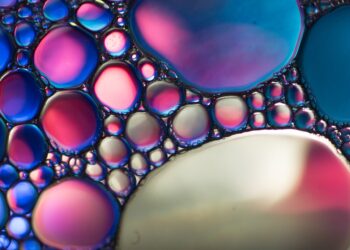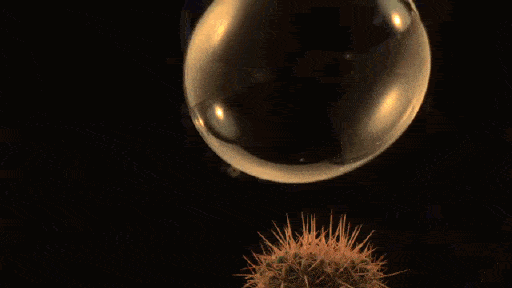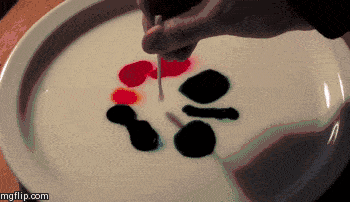
Chances are you have come across one of those viral YouTube videos showing freezing soap bubbles that crystalize like flakes in a snow globe. Turns out this amazing effect is due to a common fluid dynamics phenomenon.
The new insight was revealed in a recently published study in Nature by mechanical engineers at Virginia Tech. Inspired by the countless mesmerizing YouTube videos of freezing soap bubbles, the researchers recreated the snow globe effect in the lab, closely monitoring the bubbles with high-speed video cameras.
Normally, when water freezes outside, it starts to crystallize from the coldest spot (i.e. where it comes into contact with snow or ice). The newly formed ice then starts freezing the surrounding water molecules, progressively freezing the entire puddle.
However, if you try to freeze a soap bubble in a very cold enclosure, things behave radically different. The bubble starts to freeze normally, from the ground up (where it touches the ice), however, the bubble’s surface quickly becomes littered with hundreds of freeze fronts. These different freezing points on the bubble appear at random and even move, thereby leading to the “snow globe effect”.
The Virginia Tech team of researchers were able to identify two distinct modes of freezing. Using the lab’s freezer, they chilled countless soap bubbles to -20°C. Eventually, the researchers found that this beautiful crystallization of soap bubbles is due to a fluid dynamics effect called the Marangoni flow. This phenomenon occurs when a fluid needs to flow from areas of lower surface tension to areas of higher surface tension, or from hot to cold at an interface. Surface tension is a property of a liquid that causes the surface portion of liquid to be attracted to another surface, such as a drop of mercury that forms a cohesive ball in a thermometer or droplets of water on a well-waxed car.
When the bubbles freeze, the still-liquid parts of the bubble will start moving, tossing around ice crystals in the process. Each of these crystals leads to local solidification, thereby making the bubble freeze faster.
The second mode of freezing was recorded at room temperature. The researchers blew soap bubbles onto blocks of ice, which instead of freezing entirely, like in the freezer, behaved very differently. The half of the bubble which was in contact with the ice froze while the other half stayed liquid and was kept afloat by warm air in the room. The air seeps through tiny holes in the frozen half the bubble, which ultimately causes the bubble’s collapse.
Although it’s a hot summer for most of you reading this article, keep these findings in mind next time it snows. All you need is a soap solution and a lot of imagination. And if you’d like to try out some other cool Marangoni demonstrations, here’s a simple experiment you can do at home really quick: pour milk (higher fat content is better) and food coloring in a shallow container. Next, add a drop of soap or alcohol and prepare for a really cool and colorful spectacle. If you’re too lazy, though, feel free to watch the video below of the experiment instead.






